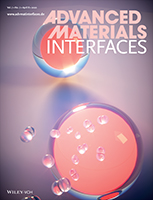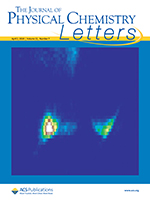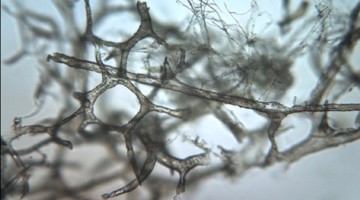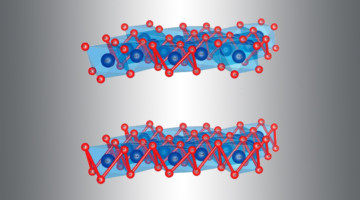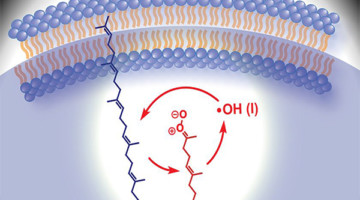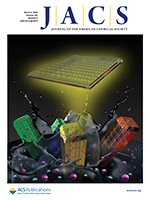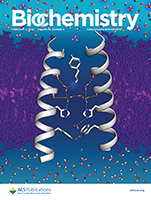Hydrogen absorption and release in lithium amide involves chemical and structural change. Scanning transmission x‐ray microscopy visualizes this phase evolution inside particles, showing a core‐shell architecture, with the more hydrogenated species as the shell for hydrogenation and, more surprisingly, for dehydrogenation as well. Read more »
Full Energy Range Resonant Inelastic X-ray Scattering of O2 and CO2: Direct Comparison with Oxygen Redox State in Batteries
The evolving oxygen state plays key roles in the performance and stability of high-energy batteries involving oxygen redox reactions. Comparison of the mRIXS profiles of four different oxygen states reveals that oxygen redox states in batteries have distinct widths and positions along the excitation energy. Read more »
Survival of T. rex Microvascular Structures from Deep Time
Researchers used several analytical techniques at the ALS to demonstrate how soft-tissue structures may be preserved in dinosaur bones, countering long-standing scientific dogma that protein-based body parts cannot survive more than one million years. Read more »
How a New Electrocatalyst Enables Ultrafast Reactions
With key data from the ALS, researchers discovered how a new, low-cost electrocatalyst enables an important oxygen reaction to proceed at an ultrafast rate. The work provides rational guidance for the development of better electrocatalysts for applications such as hydrogen-fuel production and long-range batteries for electric vehicles. Read more »![]()
![]()
ALS in the News (March 2020)
-
-
- Stanford scientists program cells to carry out gene-guided construction projects
- National labs are forced to adapt during coronavirus outbreak
- A graphene innovation that is music to your ears
- Texas A&M-led team sheds new light on design of inorganic materials for brain-like computing
- How JCAP is making solar fuels shine
-
Criegee Intermediates Play Unexpected Role in Cell Chemistry
Researchers employed mass spectrometry to illuminate lipid nanodroplets under ultraviolet light. The results unexpectedly showed that hydroxyl radicals cause damage to cells via the formation of Criegee intermediates: molecules first proposed in 1975 to explain how pollutants react with the ozone layer in our atmosphere. Read more »
Elusive Kagome Electronic Structures Revealed
Electronic-structure studies showed that both infinitely light and infinitely massive particles coexist in a material with a star-shaped (kagome) crystal lattice. The material’s rich array of electronic behaviors shows promise for future spintronic applications and represents a new frontier for studying exotic phases of matter. Read more »![]()
![]()
A Graphene Innovation That Is Music to Your Ears
A California-based company called GraphAudio is moving toward commercializing graphene-based audio technology developed by researchers at Berkeley Lab and UC Berkeley. The technology could transform a variety of devices, including speakers, earbuds and headphones, microphones, autonomous vehicle sensors, and ultrasonic and echolocation systems. Read more »
Blending Ionic and Coordinate Bonds in Hybrid Semiconductor Materials: A General Approach toward Robust and Solution-Processable Covalent/Coordinate Network Structures
Blending ionic and coordinate bonds in copper iodide based hybrid semiconductor materials with extended covalent/coordinate network structures leads to greatly enhanced solubility and solution processability, making it possible to form high-quality films for device fabrication. Read more »
X-ray Crystal Structures of the Influenza M2 Proton Channel Drug-Resistant V27A Mutant Bound to a Spiro-Adamantyl Amine Inhibitor Reveal the Mechanism of Adamantane Resistance
The M2 proton channel, shown with front and back monomer helices removed, is an anti-influenza drug target. Here, a bound inhibitor blocks the transport of protons through the V27A mutant channel. Read more »
- « Previous Page
- 1
- …
- 45
- 46
- 47
- 48
- 49
- …
- 83
- Next Page »
